Geological situations imply floor water has at all times been comparatively scarce in Croatia’s Velebit Mountains. Modifications in land use and local weather are actually making it even scarcer. This weblog by Rewilding Velebit Communications Officer Kruno Bošnjaković explains how the native rewilding crew are serving to Velebit wildlife by offering dependable and secure sources of water throughout the panorama.
Neil Aldridge
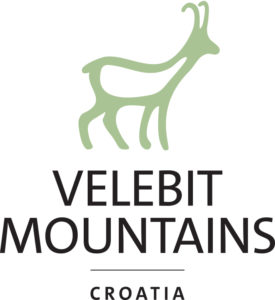 Water and wildlife
Water and wildlife
Right now, rewilding within the Velebit Mountains of Croatia – a dramatic and nature-rich 150-kilometre lengthy massif that runs parallel to the nation’s Adriatic coast – is de facto taking off.
By showcasing a brand new means of managing wildlife inside a set of looking concessions, we’re working to scale up the transition from conventional looking operations to wildlife watching throughout the panorama. This, in flip, implies that a rising variety of folks and communities are benefitting from the wildlife comeback that rewilding is bringing about. The provision of water within the panorama is important to this comeback.
Geology vs land use
The Velebit area of Croatia encompasses over 200,000 hectares of karst mountains. In karst landscapes, that are sometimes very porous, rainwater rapidly filters within the soil and underlying rock, resulting in an absence of streams, rivers, and different floor water. In the course of the lengthy, scorching summers, there may be little or no water obtainable for wildlife within the space.
When the Velebit Mountains have been used extensively for livestock grazing, as was the case prior to now, native communities solved this drawback by constructing water reservoirs that successfully saved water. Previous maps of Velebit present water our bodies dotted throughout the panorama – man-made ponds and wells, in addition to pure springs. These not solely benefitted domesticated animals, however offered secure and dependable entry to water for a variety of wildlife species.
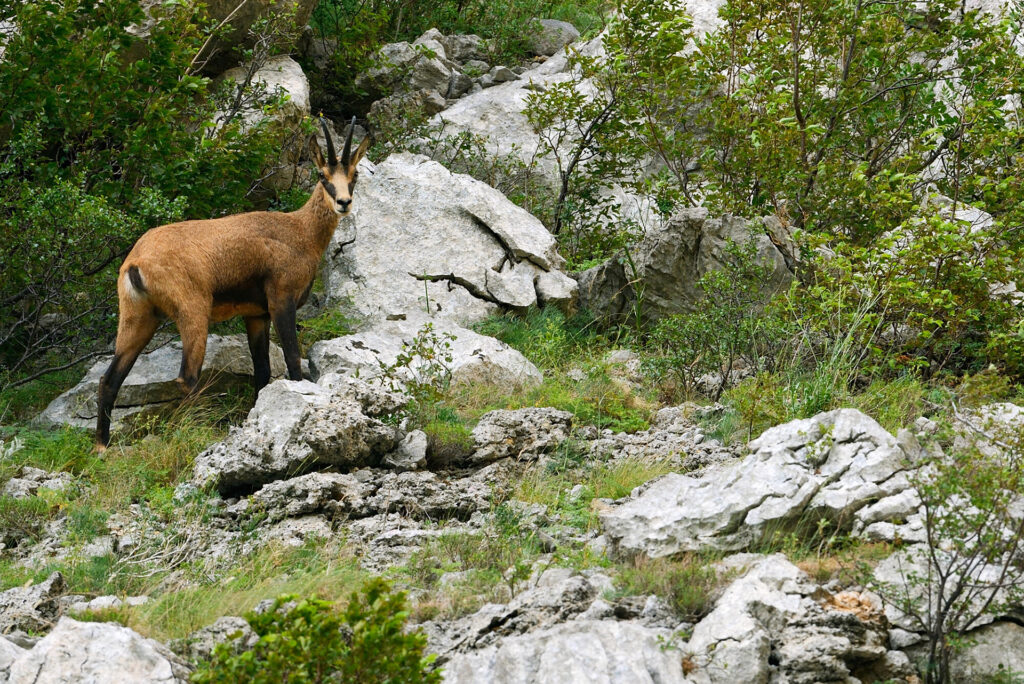
Staffan Widstrand / Rewilding Eu
A declining useful resource
In current many years, rural depopulation has led to a decline in animal husbandry in Velebit, which suggests the necessity for ponds and wells within the space has now largely disappeared. By way of lack of use and upkeep, these water sources have began to deteriorate. Wells are collapsing and water ponds have gotten overgrown and muddy, considerably lowering entry to recent water for wildlife.
This drawback is made worse by the affect of local weather change, which is leading to much less snow, fewer wet days, and longer, extra intense summer time heatwaves. This mix of things means there may be much less and fewer water within the panorama, with pure springs drying up much more steadily.
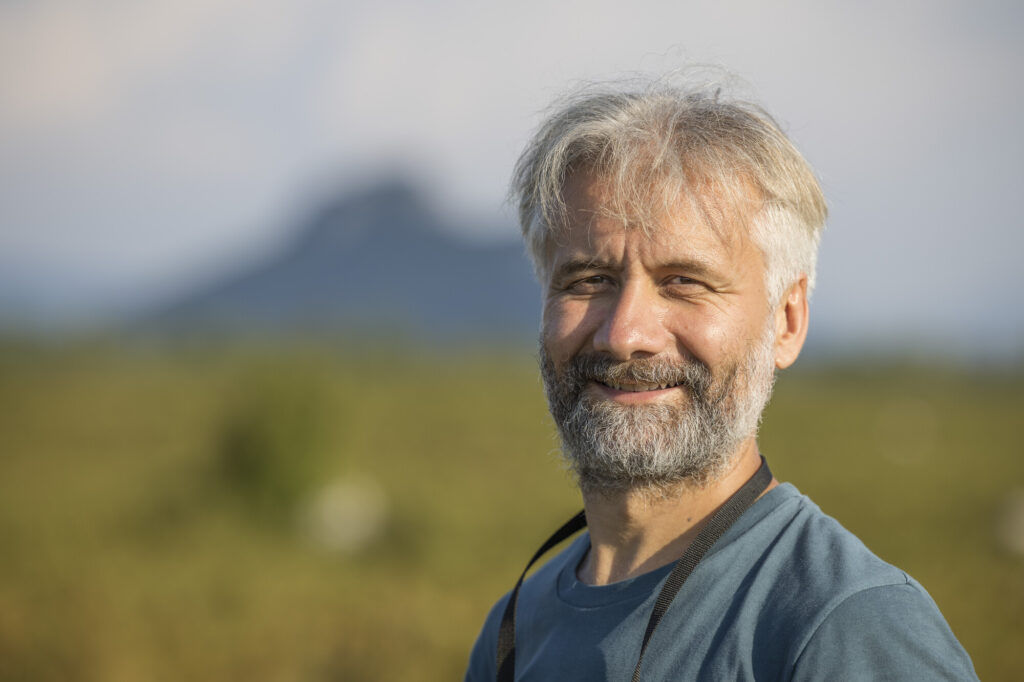
Daniel Allen
Enhancing entry to water
In 2017, to extend the provision of water to Velebit wildlife, we began an ongoing programme to revive and assemble new ponds, and to safe and restore outdated wells. The primary water pond, constructed seven years in the past on Ružne Drage, continues to be in good order. Since then, the crew has labored on over 30 water ponds and wells.
The significance of those water our bodies for Velebit wildlife is big.
“Smaller aquatic habitats, resembling ponds, not solely present animals with recent water for consuming and bathing, however are additionally very important refuges for smaller wildlife species resembling frogs and salamanders,” explains Rewilding Velebit crew chief Marija Krnjajić. “Our efforts to construct, restore, and preserve ponds have given us an ever-increasing understanding of the surprise and complexity of untamed nature right here.”
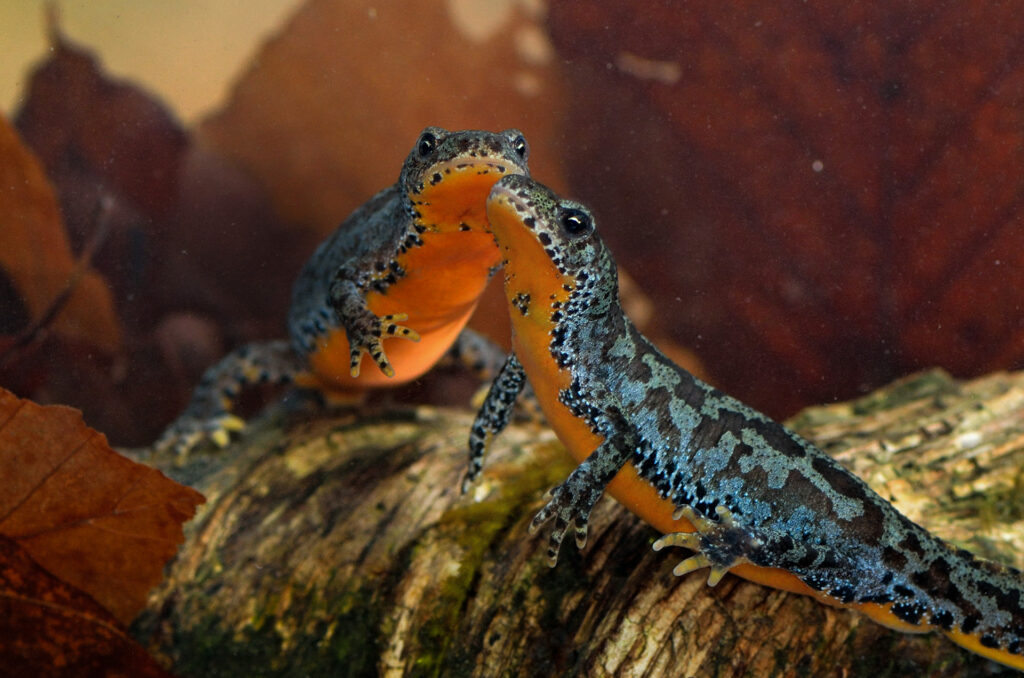
Grzegorz Lesniewski
Restoring, constructing and safeguarding
To revive and assemble ponds, we take each alternative to make use of pure supplies, resembling clay and stone. The bottoms of ponds are layered with waterproof clay, whereas the facet partitions, if potential, are bolstered with rocks. New ponds are put in in distant places missing in floor water, in locations the place pure depressions enable water to assemble extra rapidly and simply. With common upkeep, these ponds can act as dependable supply of water for wildlife for many years.
When the man-made wells and water tanks which are distributed throughout Velebit fall into disrepair they will turn out to be harmful for wildlife. Wood covers rot and ultimately fall to items, leaving nicely shafts and tank interiors uncovered. If an animal falls in, it’s usually unimaginable for it to climb out.
To handle this difficulty, we frequently construct entry ramps, which permit animals to make use of tanks and wells safely. In locations the place there are different and dependable sources of water obtainable close by, doubtlessly harmful tanks are closed off. Typically the crew will depart a department in place, which allows smaller animals resembling amphibians to enter and exit the water simply.
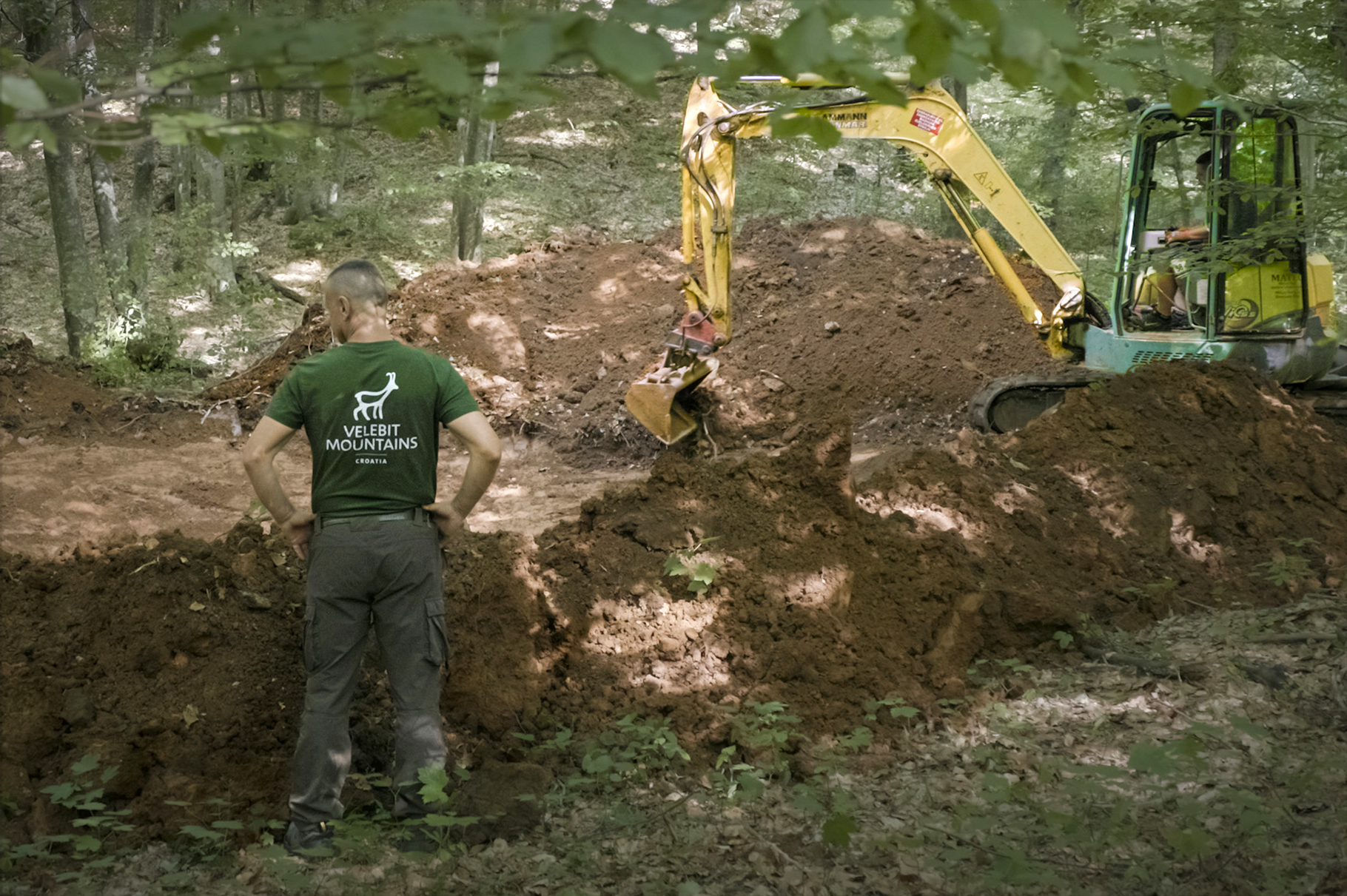
Emmanuel Rondeau

Neil Aldridge
Selling wider biodiversity
By enabling wildlife to outlive and thrive, synthetic sources of water assist the enhancement of pure processes within the panorama, resembling pure grazing and predation. Giant, free-roaming herbivores resembling deer assist to take care of biodiversity-rich grasslands via their grazing, and type an essential a part of native meals webs involving predators and scavengers.
In the long term, we’re working to scale back the dependence of wildlife on synthetic sources of water by enhancing the connectivity of winter and summer time habitats within the Velebit area. This can enable many wildlife species to extra simply entry pure sources of recent on the landward facet of the Velebit Mountains, the place rivers and streams stream all year long.
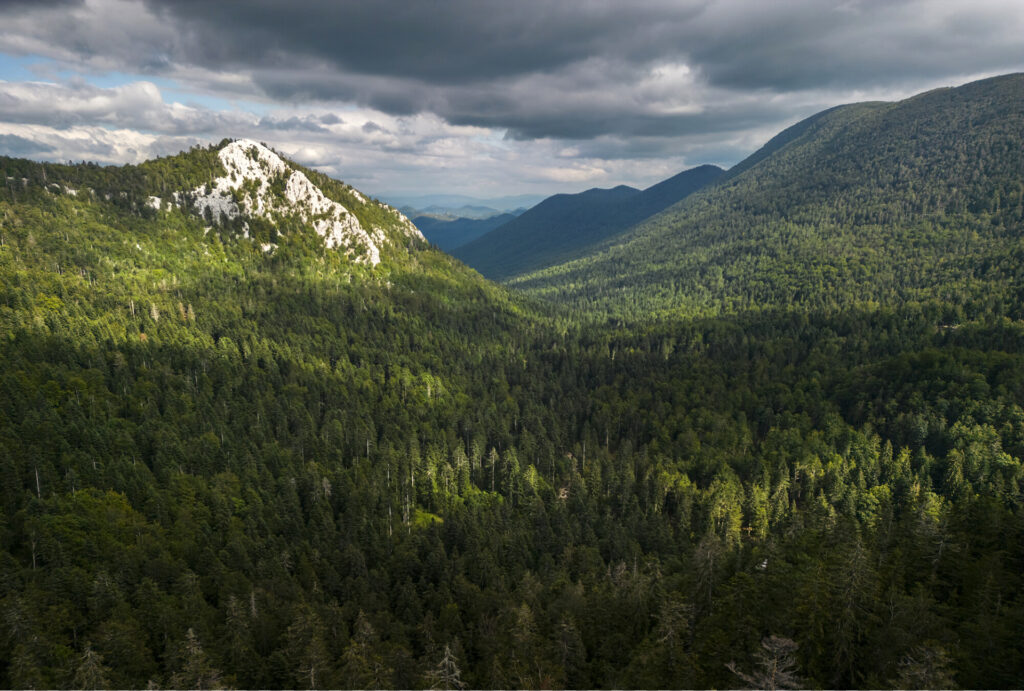
Neil Aldridge
Scaling up
Sustaining current water our bodies and setting up new ones is an ongoing exercise for the Rewilding Velebit crew. The necessity for water in karst areas extends past the rewilding panorama, so we now have began putting in new water ponds exterior of them too. The primary such pond was constructed this spring in northern Velebit, in partnership with the proprietor of a neighbouring concession. It’s encouraging to suppose that the map of Velebit is more and more coated with blue topographic marks that signify life, as was the case in instances passed by.
Invaluable assist
Rewilding Europe’s work in our rewilding landscapes is supported by a variety of extremely valued companions. We might notably wish to acknowledge these offering core funding – notably the Ecological Restoration Fund, the Dutch Postcode Lottery, WWF-Netherlands, and Arcadia. Their longstanding assist performs a important function in enabling us to ship and scale up rewilding affect.

















